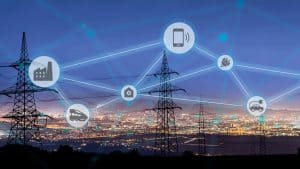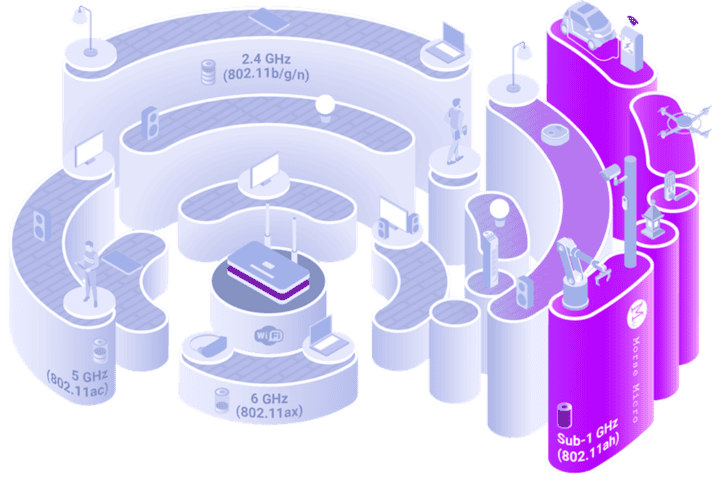California's New Energy Legislation: SB 410 and Beyond
Summary of SB 410
California's Governor Takes Action: California's Governor, Gavin Newsom, made a significant move by signing SB 410, a bill designed to streamline the process for utility grid customer interconnections. This legislation is a key part of California's broader strategy to electrify buildings and vehicles, addressing the urgent need for energy modernization.
Senator's Perspective: Senator Josh Becker, a proponent of the bill, highlights the current delays in distribution system improvements, which can extend up to a year. These delays hinder consumer adoption of clean energy appliances, a crucial aspect of California's energy transition.
Broader Legislative Context
A Weekend of Energy Bills: SB 410 was one of several energy bills signed by Governor Newsom. Other measures focus on enhancing energy efficiency in large structures, enabling state procurement of clean energy, accelerating offshore wind farm development, and expanding renewable energy use.
Detailed Insights into SB 410
Mandates and Goals Set by SB 410: The California Public Utilities Commission (CPUC) is tasked with establishing average and target timeframes for grid connections and upgrades. Despite concerns from Pacific Gas & Electric about balancing speed and safety in grid upgrades, the bill has received support from various clean energy groups.
EDF's Support for Electric Vehicles: The Environmental Defense Fund (EDF) emphasizes SB 410's importance in accelerating the adoption of electric vehicles. The organization stresses the need for efficient grid connections for electric vehicle chargers and the essential role of utilities in building infrastructure to meet increased energy demands.
Key Deadlines and Reporting Standards: The CPUC must set reasonable average and maximum target energization periods by September 30, 2024. The bill also introduces utility reporting standards for tracking and improving electric corporation performance, including data on interconnection request times.
Financial Implications and Accountability: SB 410 introduces a balancing mechanism for costs exceeding authorized rates and mandates timely cost recovery for utilities. The bill also includes accountability metrics and provisions for customer protections.
Impact on Energy Transition
Addressing Interconnection Delays: Advanced Energy United identifies interconnection delays as a significant barrier to adopting clean energy technologies. SB 410 aims to alleviate these delays, offering faster interconnection timelines and increased transparency for utilities.
Pacific Gas & Electric's Stance: The state's largest utility, Pacific Gas & Electric, acknowledges the need to fund capacity and energization work for achieving the state's electrification goals. The utility recognizes SB 410's role in providing certainty about service capabilities.
Additional Energy Bills in the Session
Governor Newsom's Legislative Actions: Besides SB 410, Governor Newsom signed several other energy bills. These include SB 48, focusing on efficiency in large business buildings, and SB 49, allowing the use of highway rights-of-way for renewable energy, storage, and transmission. AB 1373 establishes a procurement process for acquiring clean energy, and the Offshore Wind and Jobs Act (AB 3) aims to boost offshore solar energy development by modernizing ports.
California's Global Impact: Environment California's state director, Laura Deehan, underscores the global significance of California's actions. As one of the world's largest economies, California's leadership in climate change initiatives has far-reaching implications.








